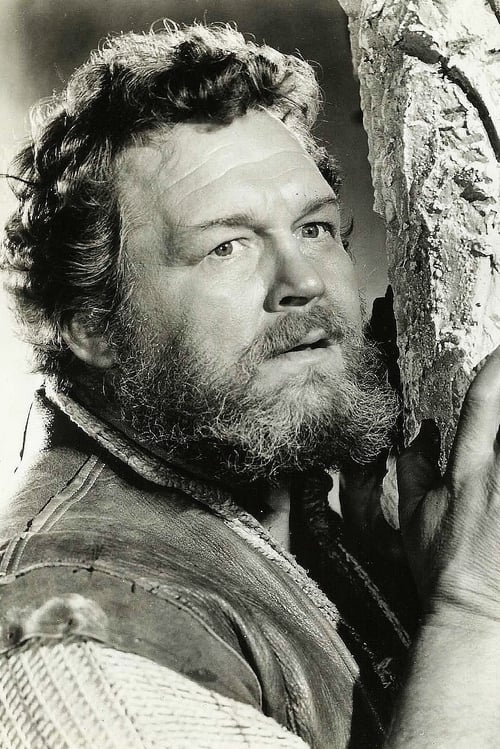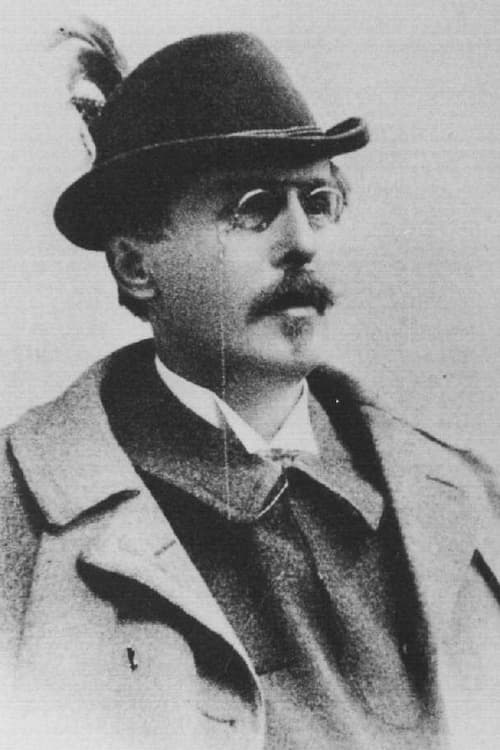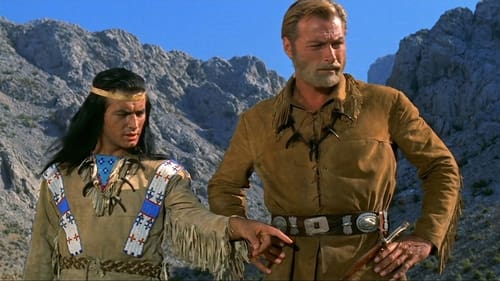El asalto de los apaches (1965)
Flaming arrows blaze a trail of violence!
Género : Aventura, Western
Tiempo de ejecución : 1H 29M
Director : Harald Philipp
Escritor : Fred Denger, Harald Philipp
Sinopsis
Un despiadado hombre de negocios pretende vender unos supuestos pozos de petróleo al Western Arizona Bank. En realidad esos pozos junto al lago Shelly no existen, y además un grupo de colonos se dirige para establecerse allí. Dos hombres se darán cuenta del engaño...
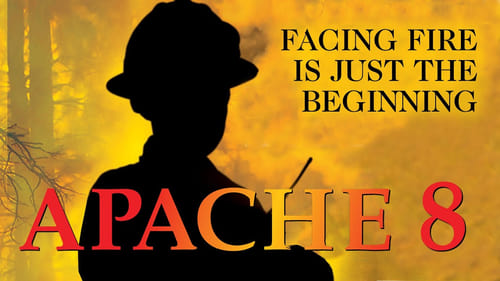
This is the story of the courageous all-female Apache 8 firefighting unit which has protected their reservation and responded to wildfires around the nation for 30 years. This group, which recently became co-ed, earned the reputation of being fierce, loyal and dependable--and tougher than their male colleagues. Despite facing gender stereotypes and the problems that come with life on the impoverished reservation, the women became known as some of the country's most elite firefighters. The film focuses on four women from different generations of Apache 8 crewmembers who speak tenderly and often humorously of hardship, loss, family, community and pride in being a firefighter.

Two gunslinger brothers are reunited once again to save a Native American tribe.

Three intrepid women battle for Indigenous women's treaty rights.
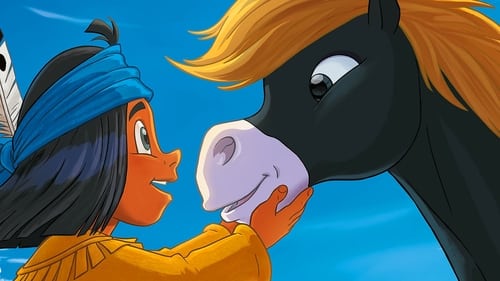
El pequeño indio sioux Yakari deja las páginas de los cómics y se asoma por primera vez a la gran pantalla en una divertida aventura familiar que enseña a los niños (y no tan niños) a respetar y cuidar de la naturaleza.Creado por Job (guionista) y Derib (ilustrador), el niño sioux Yakari es el protagonista de una de las series de la 'bande dessinée' (tebeos francófonos) del Oeste más conocidas en todo el mundo.

Amá is a feature length documentary which tells an important and untold story: the abuses committed against Native American women by the United States Government during the 1960’s and 70’s: removed from their families and sent to boarding schools, forced relocation away from their traditional lands and involuntary sterilization. The result of nine years painstaking and sensitive work by filmmaker Lorna Tucker, the film features the testimony of many Native Americans, including three remarkable women who tell their stories - Jean Whitehorse, Yvonne Swan and Charon Aseytoyer - as well as a revealing and rare interview with Dr. Reimart Ravenholt whose population control ideas were the framework for some of the government policies directed at Native American women.
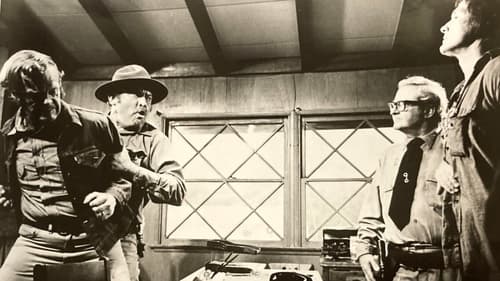
An Indian is accused of the rape and murder of a white girl. The girl's stepfather incites the townspeople to punish the Indian - to cover up the fact that it was actually he who committed the crime.

Revisiting the achievements of Sacheen Littlefeather, the first woman of color to utilize the Academy Awards to make a political statement.

Sixteen-year-old Jewel Wilson is the next generation in a long line of prolific Inupiat subsistence hunters in Unalakleet, Alaska. Her ability to hunt moose is hindered by two pressing issues – scarce wildlife and the pressures of high school life. Finding sufficient food competes with track practice and homework in Jewel’s multilayered world. Along with her father, Jewel turns to the land to feed their family and finds that their village’s way of life is endangered by the same environmental shifts that could affect us all. In hunting moose, we see that Jewel is also hunting for answers. How will her village survive if subsistence hunting is threatened? Can she honor the traditions of her Elders while navigating the pressures and anxieties of a modern, connected teenager? "Jewel’s Hunt" proves to be both physical and philosophical in this insightful exploration of what it means to come of age in complicated times in Unalakleet, Alaska.

Two Native Americans struggle to make the transition from their home reservation to the city life, but soon find a solution in an advertised remedy that promises to transform their primitive behavior, to the ranks of the refined and successful.

The Great Lakes and connecting waterways have remained the center of traditional and contemporary economies for centuries. Meet the Ojibwe and a tribe that was relocated to this region—the Oneida Tribe of Wisconsin who care for these lands. Natural resources are the Tribes’ main economy, including the famous Red Lake walleye and wild rice lakes.

All across Alaska, Native cultures have depended on the abundant natural resources found there to support their families, cultures and way of life. Now these resources are growing scarce, and the people who have relied on them for centuries have to find new ways to adapt.

Oklahoma is home to thirty-nine federally recognized tribes. Nowhere in North America will you find such diversity among Native Peoples, and nowhere will you find a more tragic history. Host Moses Brings Plenty (Oglala Lakota) guides this episode of Growing Native on a journey through Oklahoma’s past and present.

From totem poles to language revitalization and traditional agriculture, host Chris Eyre (Cheyenne Arapaho) discovers the resilience of the Coast Salish Tribes of the Pacific Northwest. Travel down historic waterways as the tribe revisits their ancient connection to the water with an annual canoe journey.

Un matrimonio trata de reconstruir su relación viajando a una cabaña apartada. Al llegar, se encuentran en medio de una disputa sangrienta entre los dueños de la propiedad y el clan vecino, que protegen su tierra de forma obsesiva y castigan a quienes la traspasan.

A documentary exploring the controversial use of blood quantum in determining Native American identity.
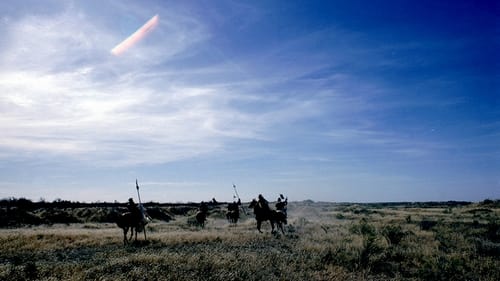
Ambientada en 1880, durante la última etapa de la Conquista del Desierto en un fuerte en la Patagonia, la esposa francesa de un coronel mantiene cautiva a una indígena para civilizarla.

Native american western by Larry Buchanan.

The Great Black Swamp was a wetland in northwest Ohio and extreme northeast Indiana that existed from the end of the Wisconsin glaciation period until the late 19th century. The Story of the Great Black Swamp is a folklife documentary that investigates the Black Swamp area from its creation during the glacial ages to its transformation into farmland.







